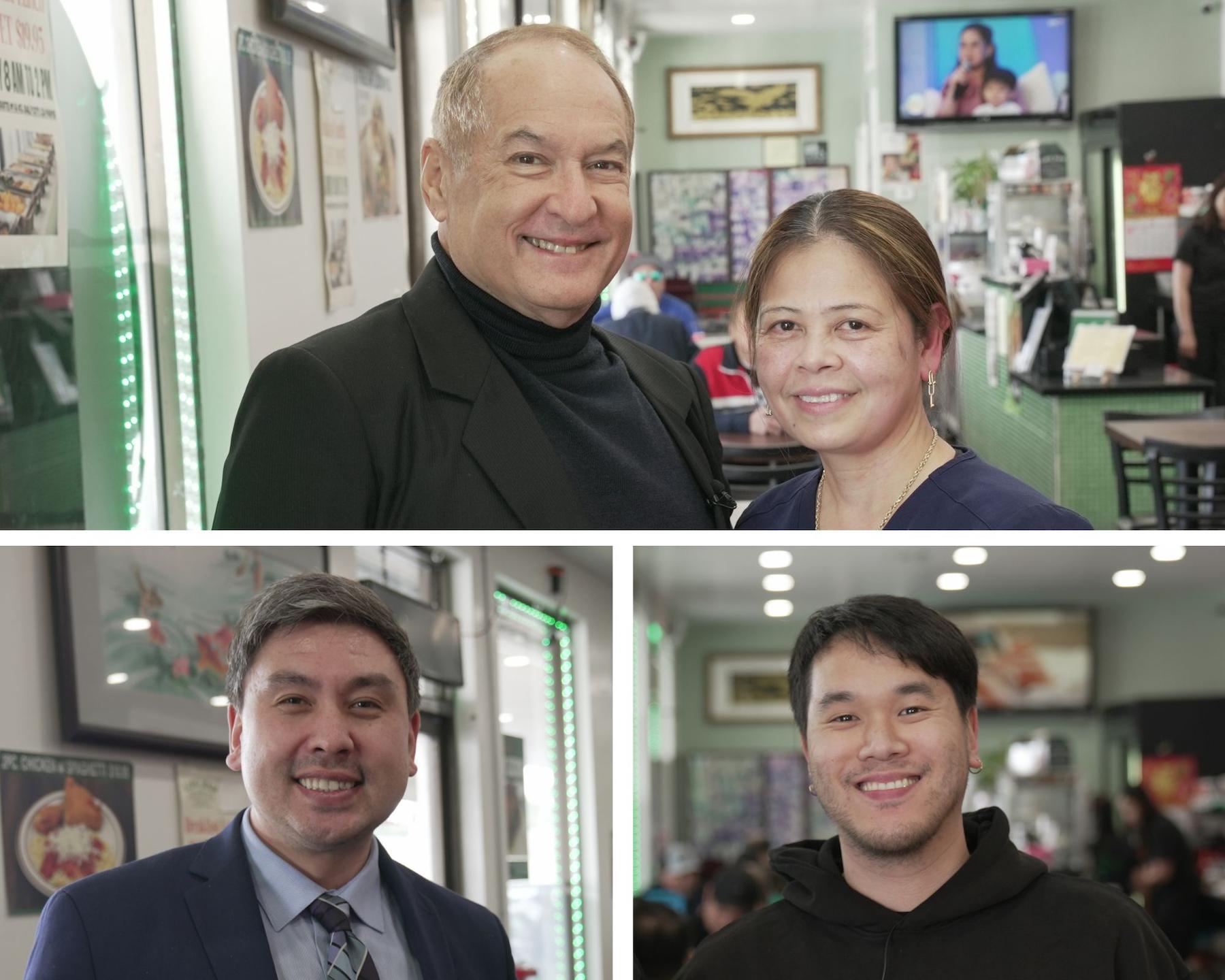THE Board of Immigration Appeals (BIA) recently discussed the immigration implications of certain gang-related offenses. In Matter of Hernandez, 26 I&N Dec. 397 (BIA 2014), the respondent was charged with committing vandalism that caused over $400 in damages in violation of California Penal Code (PC) section 594(a) with a gang enhancement allegation pursuant to PC 186.22(d). Respondent pleaded guilty to the charge and admitted the gang enhancement.
PC 594(a) punishes the act of maliciously damaging, destroying, or defacing with graffiti, any real or personal property that belongs to another person. PC 186.22(d) punishes any person who is convicted of a public offense punishable as a felony or a misdemeanor, which is committed for the benefit, at the direction, or in association with any criminal street gang, with the specific intent to promote or assist in any criminal conduct by gang members.
In Matter of Hernandez, the BIA determined whether a PC 594(a) conviction with a PC 186.22(d) gang enhancement is a crime involving moral turpitude (CIMT). A CIMT is a ground for inadmissibility, which means that it disqualifies an alien from obtaining a visa or admission into the US. It is also a ground for deportability for aliens who had been admitted into the US but who later commit undesirable conduct.
The Ninth Circuit defines a CIMT as a crime involving (1) fraud or (2) conduct that (a) is vile, base, or depraved and (b) violates accepted moral standards. The BIA defines a CIMT in essentially the same terms although it views the elements of a CIMT as (1) a reprehensible conduct and (2) a culpable mental state, i.e. one committed with specific intent, deliberateness, willfulness, or recklessness.
To determine whether a particular offense is a CIMT, the court must analyze the elements of this offense by comparing the statute that defines the offense with the court or BIA’s generic definition of moral turpitude. If the statute only prohibits conduct that involves moral turpitude, then such particular offense is categorically a CIMT.
In Matter of Hernandez, the BIA observed that criminal gangs pose a serious danger to public safety and are a burden on society and its moral culture. The BIA also pointed out that law enforcement officers face more difficulties in dealing with crimes committed by gang members than in those committed by persons without gang affiliation. Thus, in 1988, the California legislature created the gang enhancement provision in an attempt to eradicate street gang criminal activities. The law defines a criminal street gang as a group of three or more persons that (1) has a common name or identifying symbol; and (2), as one of its primary activities, commits crimes that include theft, firearms and drug offense, felony vandalism, and violent crimes. However, the gang enhancement provision does not criminalize gang membership alone. It only addresses, in a targeted manner, the threats posed by criminal gang activity by penalizing an offender who commits a specific offense with a specific intent to advance criminal gang conduct.
The BIA in Matter of Hernandez also observed that the crime of vandalism is a recognized way of advancing criminal gang activity. The California legislature realized that, aside from the blight that graffiti causes and the expenses for removing it, graffiti made by criminal street gangs led to turf wars, violence and eventually murder.
Thus, the BIA concluded that it is inherently reprehensible to maliciously deface, damage or destroy property for the benefit of a criminal street gang with the intent of promoting the gang’s criminal conduct in violation of PC 594(a) and PC 186.22(d). The BIA found that a violation of PC 594(a) involves planning, execution and malicious intent on the part of the offender. The malicious intent required under PC 594(a) satisfies the element of willfulness required under the BIA’s CIMT definition. When this malicious intent to deface, damage or destroy property is done in the service of advancing criminal gang conduct, the conduct becomes reprehensible and thus meets the other element of the BIA’s CIMT definition.
The BIA did not reach the question of whether a PC 594(a) conviction without gang enhancement is a CIMT. The BIA already stated that PC 594(a) has the element of willfulness that satisfies one of the two requirements under the BIA’s CIMT definition. The only remaining question is whether the acts under PC 594(a), if not done to advance criminal gang conduct, would rise to the level of reprehensible conduct that would satisfy the second element of the BIA’s CIMT definition. It might be tempting to assume that a PC 594(a) conviction without gang enhancement is not a CIMT but we can never really tell how the BIA would resolve this matter until it is raised as an issue in an actual case.
For now, it might be safe to assume that a conviction under PC 594(a), without gang enhancement, is not a CIMT. However, those who cannot tolerate risks should avoid any PC 594(a) conviction at all.
* * *
Charles Medina practices immigration law. Visit his website at www.medinalawgroup.net for more details. This article provides general information only and does not provide legal advice on any specific matter or predict the outcome of any legal matter. It does not invite or create an attorney-client relationship.






